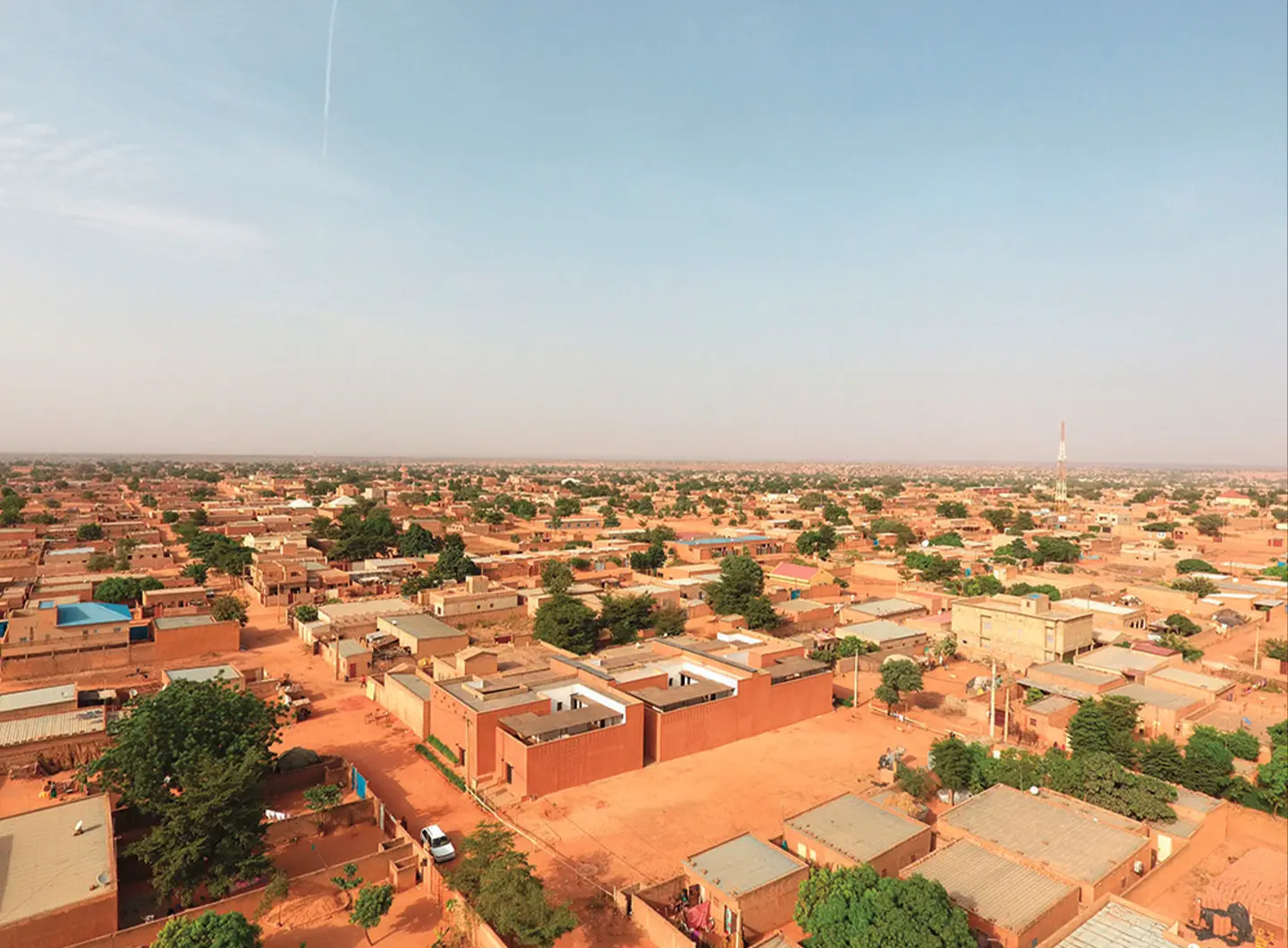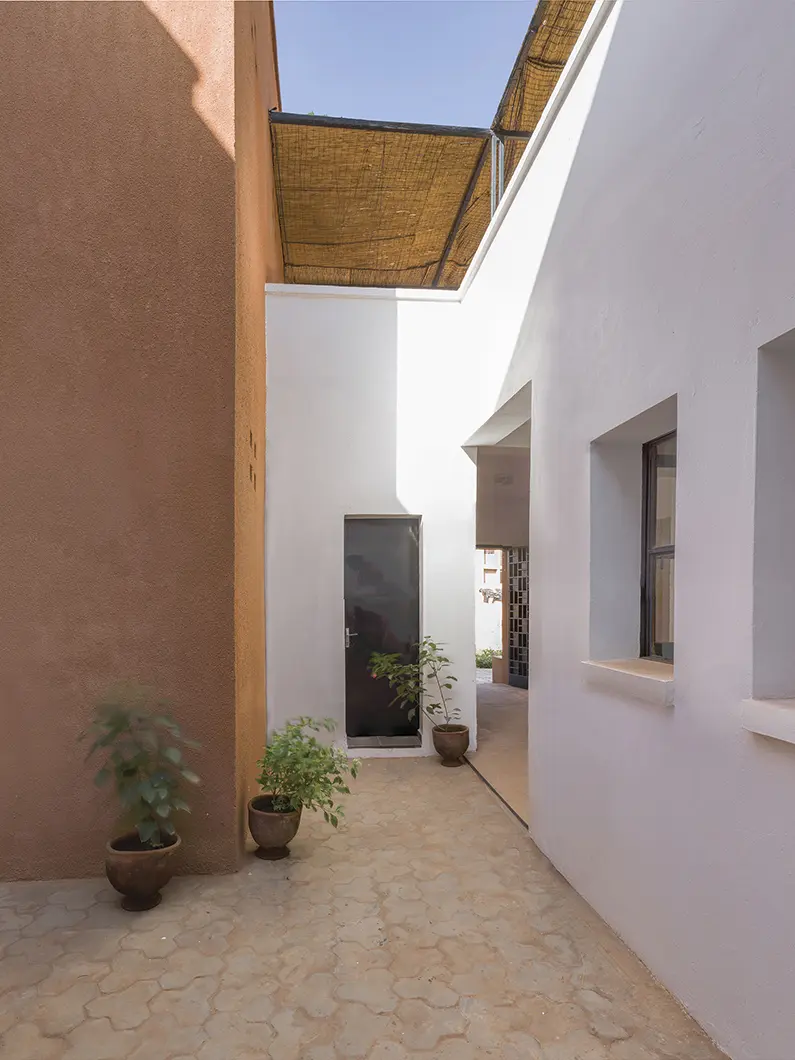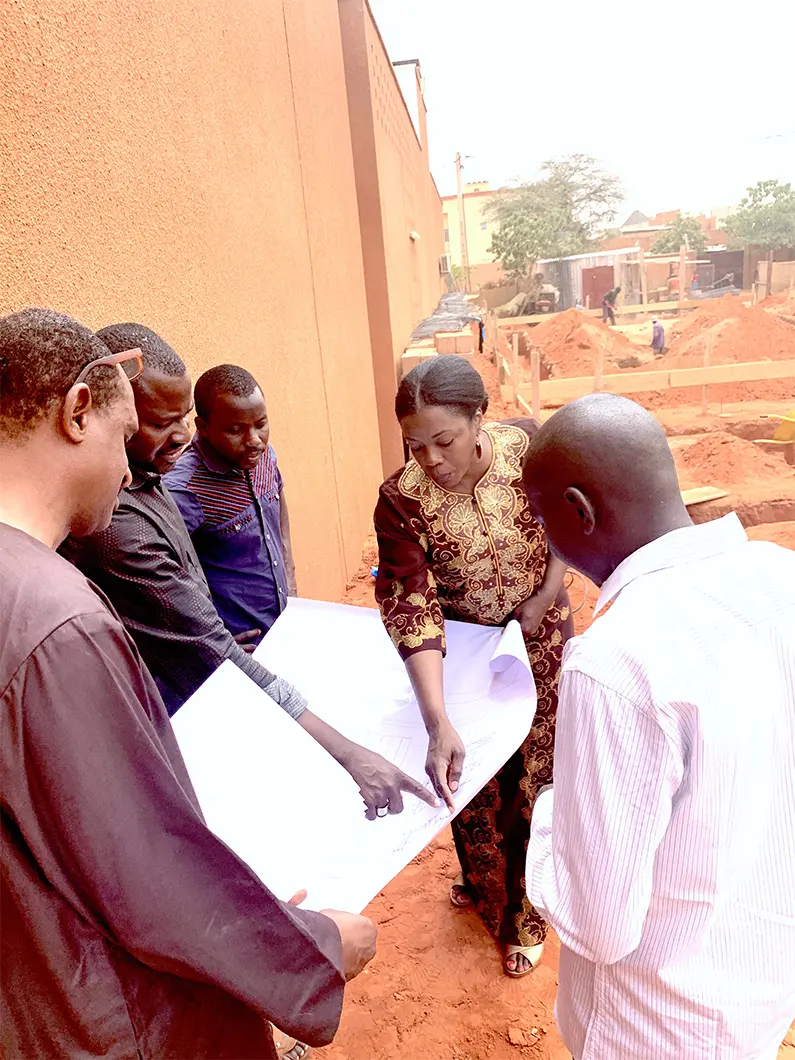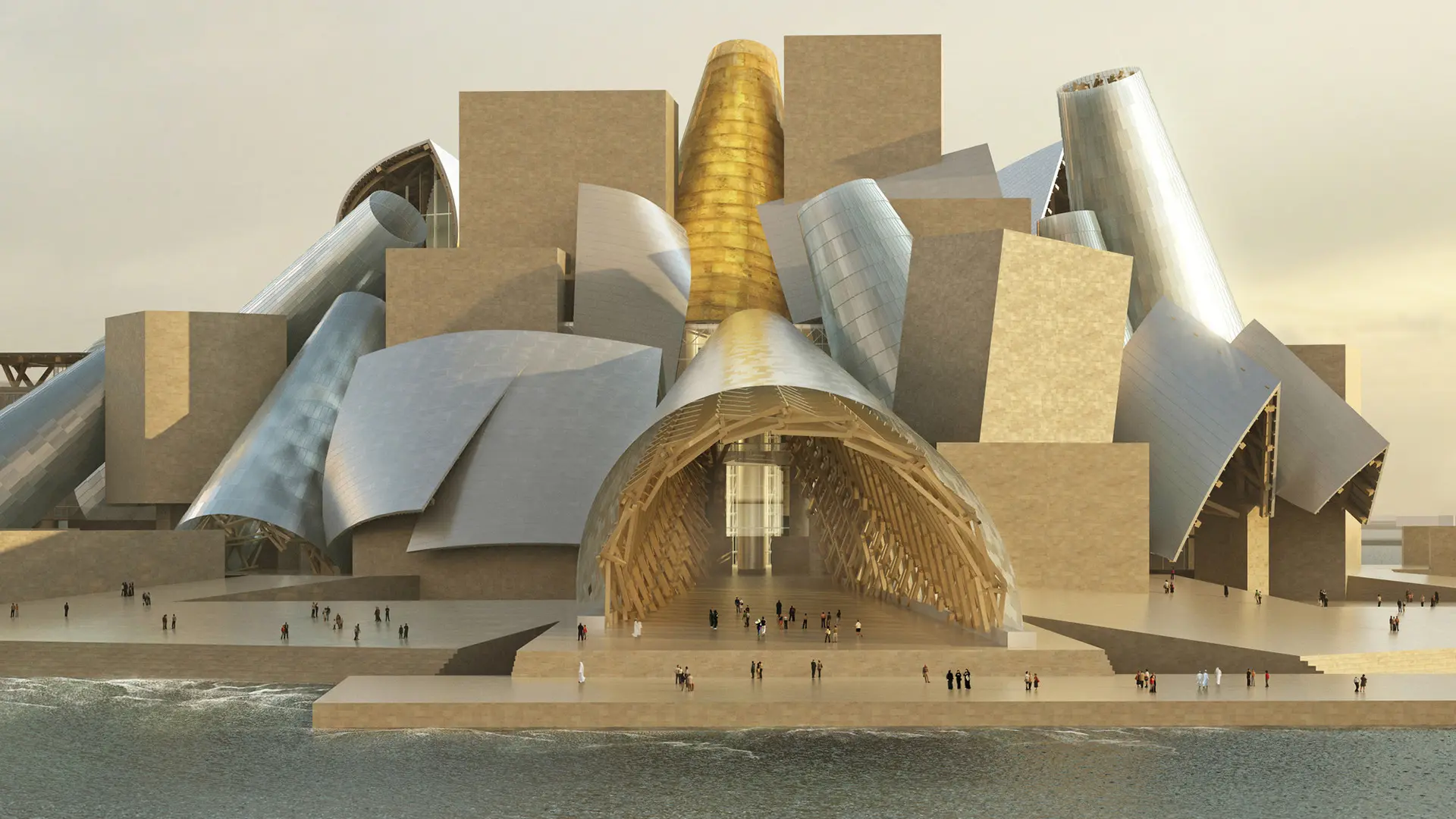From BIG to David Chipperfield, Frank Gehry to Snøhetta: a world tour of the best buildings set to open in 2026
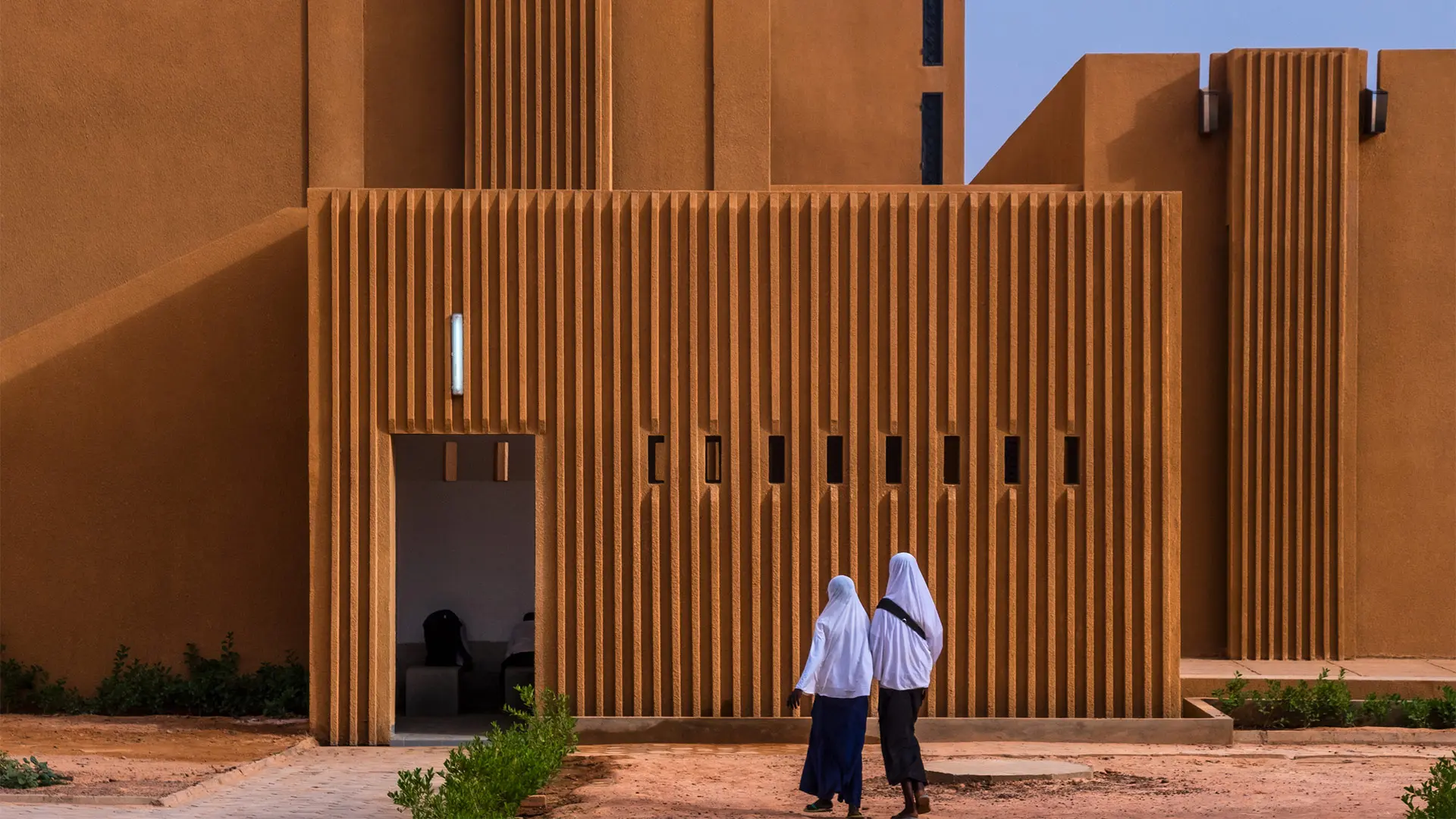
Hikma Community Complex, Dandaji, Niger. Mariam Issoufou Architect and Studio Chahar
A letter from the Nigerien architect who founded the firm that bears her name, with offices in the United States and Switzerland as well as Niger
Mariam Issoufou Architects (formerly known as atelier masōmī) was founded a decade ago in Niger’s capital of Niamey and now has offices in New York and Zurich as well. As an architect, founder and principal Mariam Issoufou is interested in maintaining an intimate dialogue between architecture, people and their context. Although our work exists in different geographical locations — from Africa, Europe and the Middle East — the starting point is always the same. The starting point for all our projects is to immerse ourselves in deep research to learn as much as we can about the people, climate, and culture of the regions in which we work. This research-led approach has continued to enrich our architectural projects no matter the typology we are working on. Our work rests on three pillars: intersectional sustainability, new urban typologies and creating social impact.
Intersectional approach to sustainability
We believe in an intersectional approach to architecture. This is to say that safeguarding the environment is only part of the sustainability equation for us. Being able to sustain people, their cultural heritage and livelihoods is just as important as ensuring that our architectural projects tread lightly on the earth. We focus on designing high-quality buildings through sourcing locally as much as possible while also collaborating locally with builders, artisans and masons to ensure that our projects can support local economies and infuse local know-how into our projects. On projects like the Hikma Community Complex, a collaborative project between Mariam Issoufou and Yasaman Esmaili, our team was able to bring the masons who worked on the original mosque onto our project team, thereby allowing our team to learn from their traditional knowledge particularly in the construction of the domes.
New Urban Typologies
We tackle growth and urbanism with density solutions that respond to people, place and cultural heritage. As our cities continue to grow, it becomes even more important for architects to find solutions that can accommodate the needs of residents across different economic scales. An example of a project like this is Niamey 2000 Housing in Niger, which was developed under united4design architecture collective. The project provided a prototype to combat a housing crisis in the rapidly growing city of Niamey. By increasing density, Niamey 2000 provided a new model for urban housing in a city with over 1 million residents, where the majority of the population is poor (only about 20 percent of residents could be classified as middle-class and above). The project was inspired by pre-colonial cities like Timbuktu in Mali, Kano in Nigeria, or Zinder in Niger, which were all dense urban centers in their day. The cities’ organic configurations of intricately intertwined homes were often two or three stories in height, while still maintaining a sense of privacy and intimacy.
Social Impact
We are interested in the whole life cycle of the buildings we work on as well as their impact on end-users and the environment. Whether we are developing a cultural center that addresses tensions between the secular and the religious; designing a museum that pays homage to the centuries old history of the land; or conceptualizing exhibitions for the Venice Architecture Biennale or the MAXXI Museum in Rome; the questions we are asking remain the same. But the solutions will look different depending on the location. In the past we have been awarded the Lafarge Holcim Award for Sustainable Architecture for the Hikma Community Complex. Recently, Mariam Issoufou received the Impact in Design Award at the Architizer A+ Awards. This encourages us to be steadfast in our goal to catalyze positive change in the industry in the face of the climate crisis while ensuring we provide end-users with a dignified form of architecture, no matter their economic background.


 Stories
Stories
